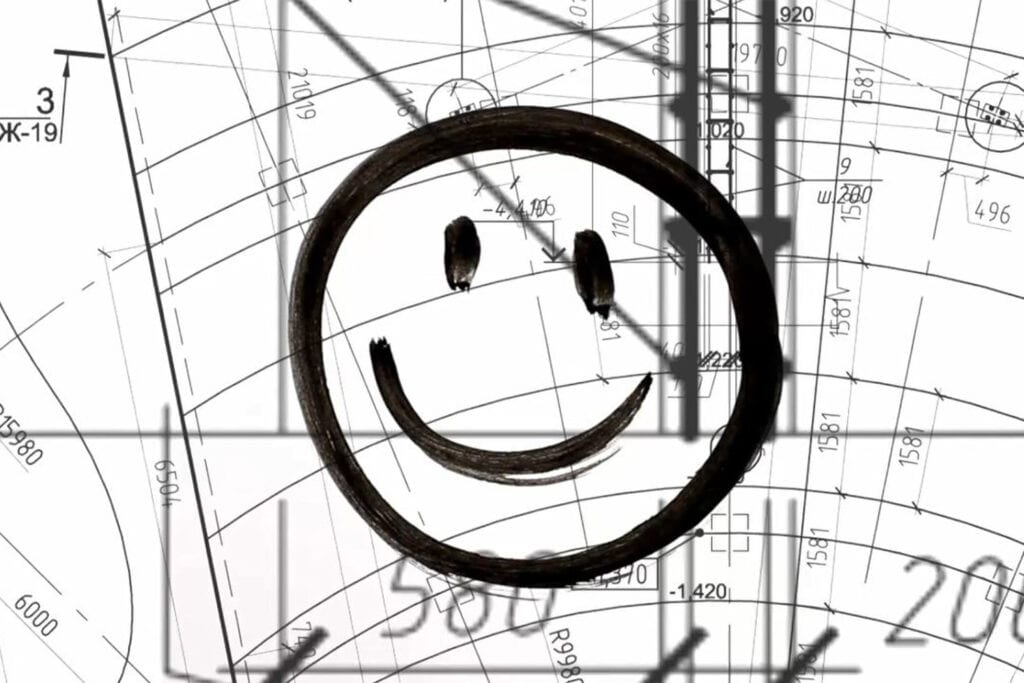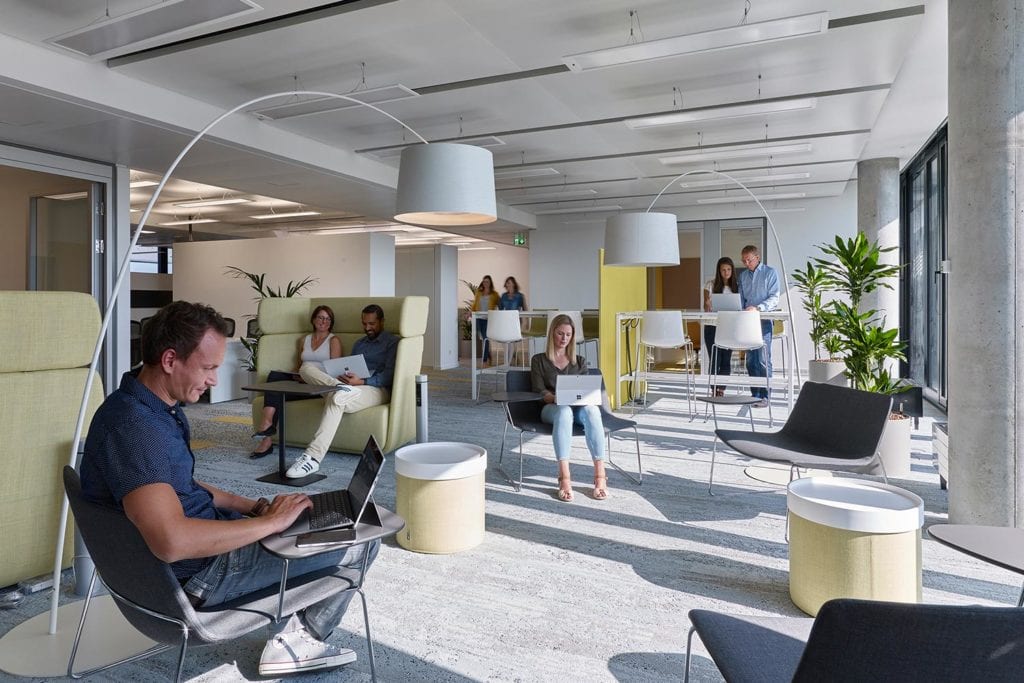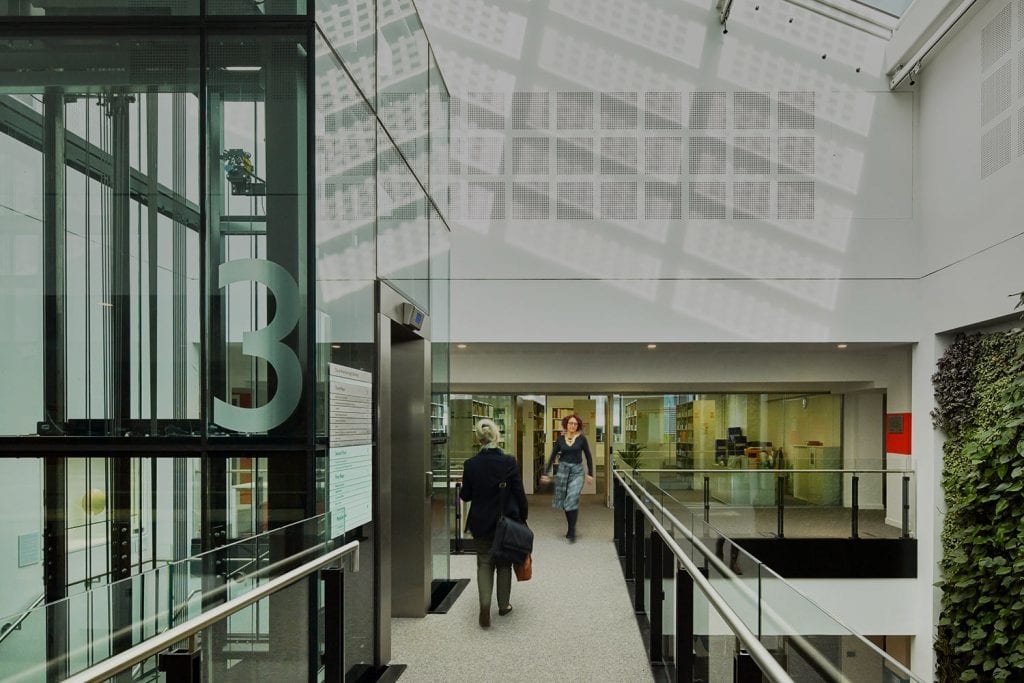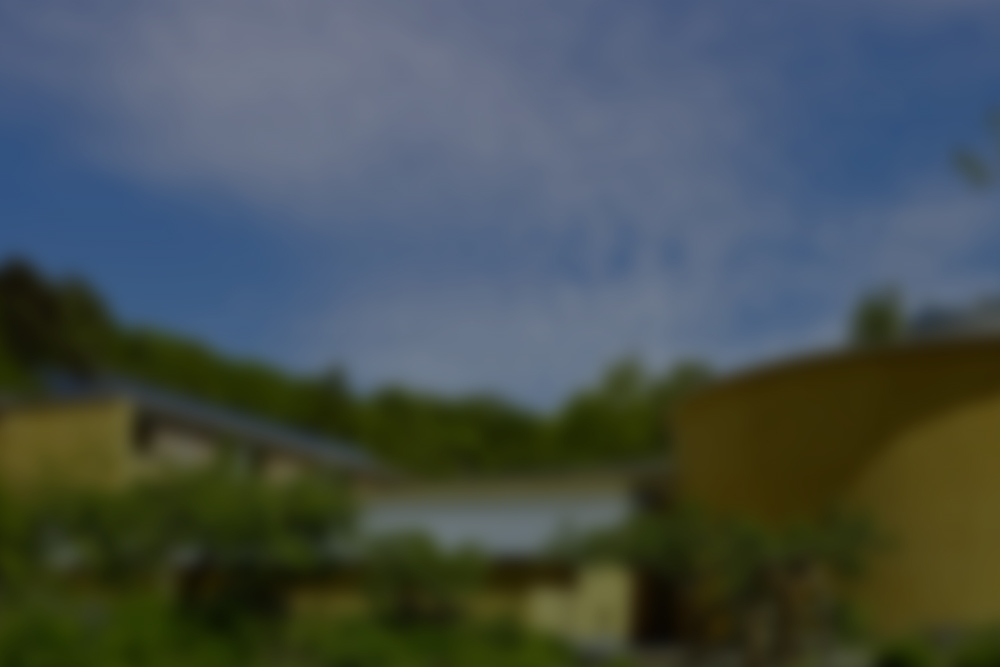What it means to be a WELL certified building
As people around the world return to their offices, the impact workplaces have on our daily lives is being measured with increased frequency. WELL certification, a coordinated assessment of wellbeing within the workplace, is just one example of a growing trend for quantifiable metrics.
WELL is an accredited building standard, commitment to advancing human health in buildings and communities around the world, and one which Buro Happold has recently used during our work at 2 Redman Place in London.
How does WELL certification quantify wellbeing in the workplace?
The WELL Building Standard is split into seven distinct categories, focusing on criteria such as air quality, water quality, mind, nourishment, and comfort. These are all proven factors that contribute towards a better quality of life within the workplace. These categories are also broken down further into features.

The result of this assessment criteria is a certification comprising of around 100 features, each with metrics to ensure that they are being implemented correctly. Some of the features of a healthy workplace overlap with those of a sustainable workplace, for instance, providing ample bike racks for employees. However, it is also possible for the WELL standard to conflict with sustainable assessment methods such as BREEAM.
If you conduct the WELL assessment poorly, by prioritising wellbeing over energy use, it can have a negative environmental impact. For example, using a large volume of water for personal hygiene whilst at work can be detrimental to the operational costs of the building and its overall carbon footprint.,
Conversely, there are features such as natural light, where it’s both a positive wellbeing factor and helps reduce the energy consumption of a building. This shows that by opting for certain features, there can be a positive reinforcement between wellbeing and environmental impact.
This positive reinforcement was pursued throughout 2 Redman Place, by coupling WELL Core and Shell Gold Certification with an Outstanding BREEAM score. It currently ranks as the second-highest scoring Buro Happold project in the UK.

So, what made 2 Redman Place the perfect fit?
Projects with ambitious aims, like 2 Redman Place, often hinge on the client’s vision. In this case, Lendlease offered a progressive outlook towards the project, having already successfully implemented WELL certification in Australia. Additionally, the WELL Building Standard has been designed specifically for office complexes like 2 Redman Place.
With a design team increasingly focused on the standard, the project needed a sympathetic and well-organised client who would manage the process to ensure everything was delivered. Lendlease’s involvement and passion for the design process worked wonders in this department. They championed our work throughout the entire design process.
However, despite the cooperation and involvement of the client, plenty of risks remained as the project was our first exploration into WELL certification. It was also Lendlease’s first building project to aim for WELL certification in Europe. Therefore, to go through the process from a theoretical basis and then exceed all expectations marks a superb achievement.
This is what Buro Happold is all about; coming up with a forward-thinking idea and making it something you can touch.
Trevor Keeling
The result is a building that represents considered design, right down to features such as benches, gardens, and hoardings on empty plots. These elements aren’t showy, they won’t make it the most expensive building in the world, but fundamentally, innovative design should not be costly. You do not have to spend money to make the environment user-friendly; you just have to think about the end result and take a holistic approach to design.
How does WELL certification compare to the current industry trends?
With most companies publishing net-zero carbon plans for 2030-40, and more people thinking about wellbeing as a result of the Covid-19 pandemic, a shift in consciousness has become apparent throughout the industry.
This increased awareness is starting to impact how the industry designs buildings, especially when many do not know whether they want to return to an office. As a result, if you want to sell a brand-new office, the accessibility, useability, and adaptability have to be exceptional.
With this in mind, certifications like BREEAM are at the forefront of many companies’ minds as they look to expand their business through construction. BREEAM certification is particularly pertinent as it is a legal requirement during the planning stages. However, in time, the WELL Building Standard could also see the same expansion across the construction industry, particularly as more buildings achieve the certification and showcase what is possible within its constraints.
At Buro Happold, we focus on people-centric design. Therefore, criteria such as thermal comfort, air quality, acoustics, and inclusivity are already ingrained within our engineering design approach and help to achieve certification on projects.






